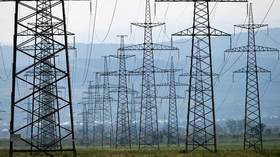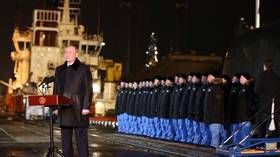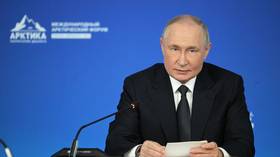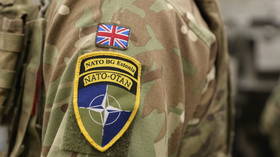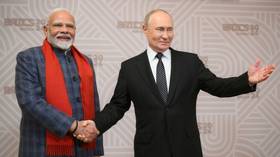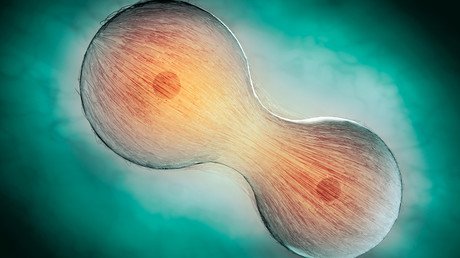Russian space workhorse Proton to retire in 2025 giving way to eco-friendly Angara rockets
It’s an end of an era in space exploration as Russia says its iconic Proton heavy launch vehicles, successfully employed since 1960s, will be totally replaced by modern and eco-friendly Angara-A5 rockets by 2025.
The announcement was made by the head of Russia’s space agency Roscosmos, Dmitry Rogozin. He earlier said that the production of the currently used Proton-M boosters will be ceased in 2020 or 2021, with 20 new rockets to be built until then.
The family of Angara launch vehicles had been developed in Russia as a replacement for the Proton and Rokot boosters. Its light and heavy variations – Angara-1.2pp and Angara-A5, respectively, were successfully tested in 2014.
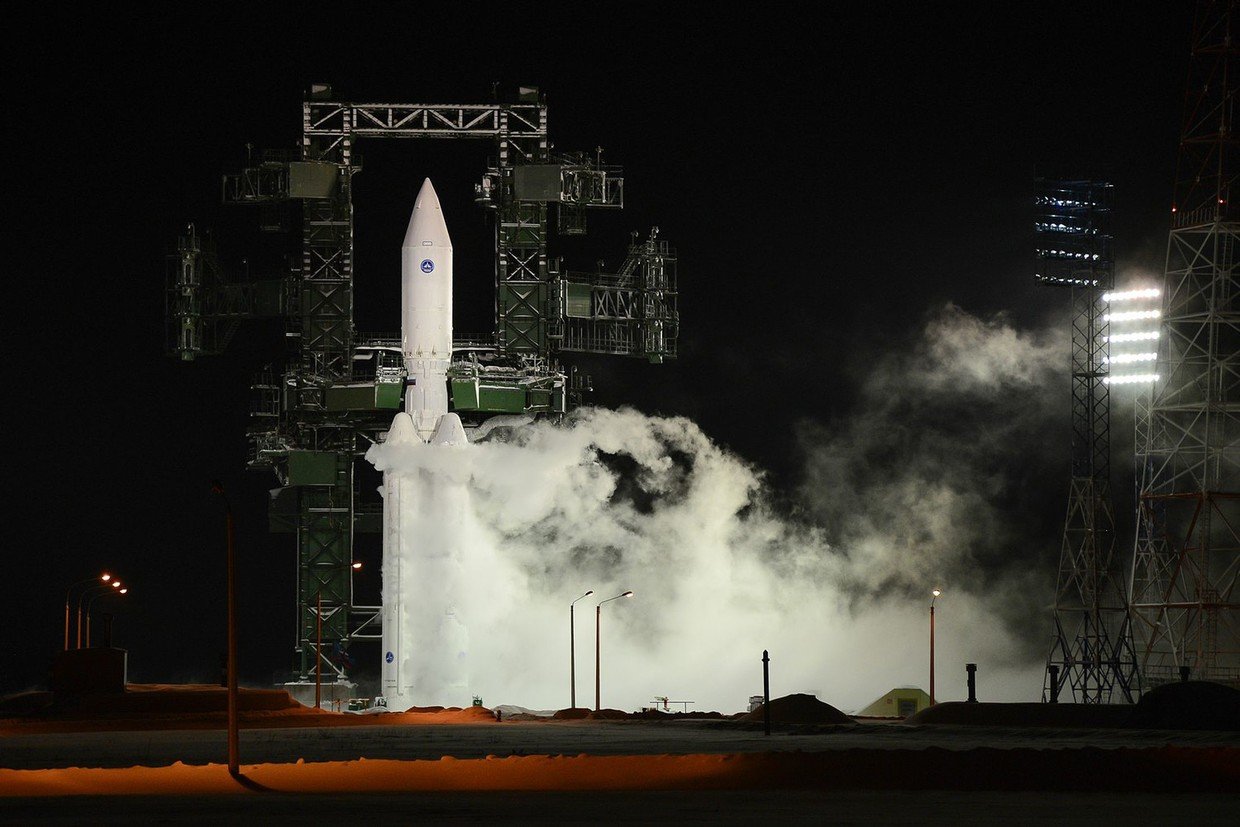
Khrunichev space center behind the Angara project said its rockets are equipped with the world’s best “clean” engine. It runs on oxygen and kerosene, unlike the toxic fuel that was burnt by the rockets previously.
The technology was even praised by SpaceX CEO, Elon Musk, who acknowledged that Russia has the “best engine currently flying” and expressed confidence that the Angara “would be great.”
Russia has excellent rocket engineering & best engine currently flying. Reusable version of their new Angara rocket would be great. https://t.co/6RLvf5R4ni
— Elon Musk (@elonmusk) March 7, 2019
Rogozin replied to the tweet by saying that “it’s impossible to argue with Elon on this one.”
Also on rt.com Russia to use Angara heavy rocket for Moon missions – space bossBut the outgoing Proton family also boasts an impressive history, being the trademark workhorse of the Soviet and then Russian space industry for more than half a century. It was designed to become a “super heavy intercontinental ballistic missile,” but was never used in the role, performing its first space flight in 1965 instead.
The various modifications of Proton have since then carried out more than 400 launches. They delivered the Soviet Salyut and Mir space stations to orbit as well as the Russian modules to the International Space Stations (ISS). The boosters were also used to send numerous satellites to space, including Russian, US, Canadian, Mexican, Turkish and those of other countries.
Also on rt.com ‘Excellent engineering & best engine’: Musk praises Russian rockets after Crew Dragon test flightLike this story? Share it with a friend!




